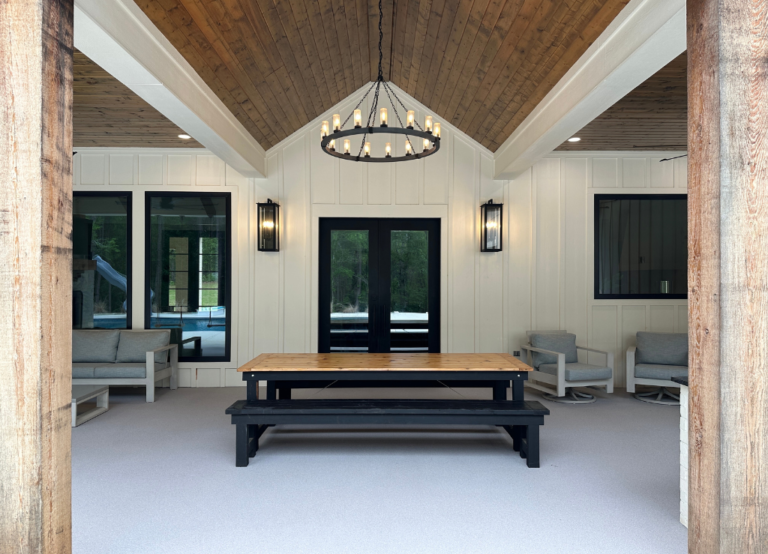Winter Considerations: Maintaining Your Polyaspartic Floor in Mild East Texas Winters
Though East Texas winters – covering spots like Chapel Hill, Kilgore, and Bullard – don’t usually bring feet of snow or prolonged freezes, the season can still affect your polyaspartic garage floor. Occasional cold fronts, rain, or ice can introduce moisture and temperature fluctuations that challenge lesser coatings. Fortunately, polyaspartic stands up to winter conditions remarkably well. Let’s explore how to keep your garage floor safe, clean, and long-lasting until spring.
1. Understanding Mild But Variable Winters
- Temperature Swings
East Texas may see a chilly morning followed by a warm afternoon. Concrete expands and contracts slightly, stressing some coatings. Polyaspartic’s inherent flexibility adapts to these changes without peeling or cracking. - Occasional Ice or Frost
While rare, cold snaps can introduce slippery conditions. If you’ve got polyaspartic with decorative flakes or quartz, your floor already has some built-in traction.
Pro Tip: Even in mild winters, keep a simple floor mat by the garage entrance. This helps catch any moisture from shoes or tires, preventing water from pooling on the surface.
2. Simple Winter Care Routines
- Sweep or Vacuum
Debris, dried leaves, or dirt can blow in on windy winter days. A quick sweep or vacuum keeps your floor tidy and prevents scratching. - Moisture Wipe-Up
If you notice condensation, drips from your car, or leftover water from a rainy drive, just wipe it up with a towel. Polyaspartic’s non-porous topcoat makes moisture easy to remove.
3. Handling Salt and De-Icers
Though East Texas doesn’t typically require salting roads the way northern areas do, you might travel to snowier places over the holidays.
- Salt Residue
If road salt collects on your tires, it can transfer to the garage floor. Thankfully, polyaspartic is resistant to chemical staining—just do a quick mop or rinse if you see white salt lines. - Alternative De-Icers
If you ever use de-icing products at home, pick those rated “concrete-safe.” Even then, a polyaspartic floor copes better with these chemicals than standard epoxy or bare concrete.
Pro Tip: Store a gentle, pH-neutral cleaner in the garage for quick cleanups if you suspect salt or de-icer residue on the floor.
4. Year-Round Benefits of Polyaspartic
Even when winter passes, the attributes that make polyaspartic excellent remain relevant:
- UV Stability
Come spring and summer, bright sunshine won’t yellow or degrade the coating. - High Durability
Continual resilience against foot traffic, vehicle wear, and small temperature swings means fewer touch-ups. - Minimal Maintenance
Whether it’s salt in winter, pollen in spring, or high heat in summer, polyaspartic floors only need basic cleaning to stay in top shape.
Mild East Texas winters may not be harsh, but they still warrant practical steps to keep your polyaspartic floor in prime condition. By sweeping up debris, wiping away moisture, and performing quick inspections, you’ll ensure a clean, safe, and durable garage surface that carries you into spring – and beyond. If you have questions or need professional touch-ups, contact Epoxy Coat Masters. We’re here to help you navigate East Texas winters with confidence, ensuring your floor remains a highlight of your home year-round!






